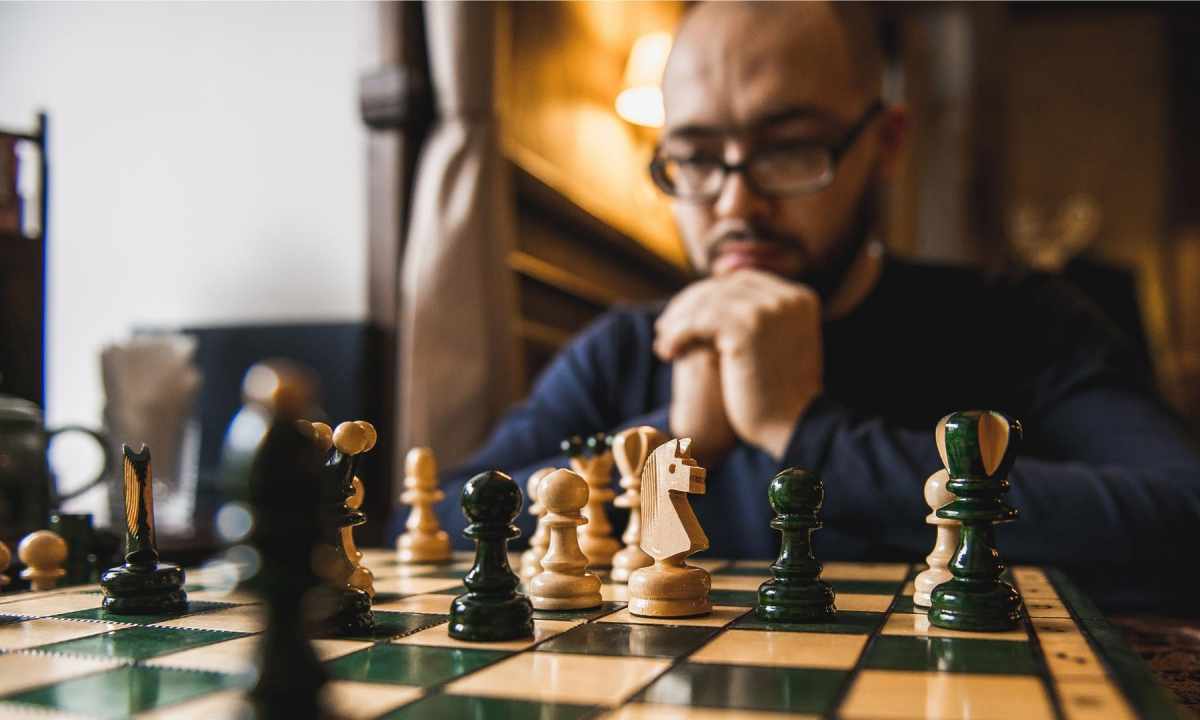The solution of chess tasks not only perfects skill of the game, develops combinational abilities and the chess intuition, but also gives a lot of pleasure to fans of this ancient game. Starting the solution of chess tasks, try not just to find the right answer by shuffle of all possible courses, and to understand the idea of which the author wanted to inform the solver in the miniature.
It is required to you
- Set of chess
Instruction
1. Begin search of the decision with the analysis of the initial position, position of the black king and white figures. Reveal the strongest protection of black. It can be shahs, captures and binding of white figures or their switching off from the game, etc. After that find the first course white, eliminating these protection.
2. If in the analysis of the situation it is found out that white already have all responses to possible threats of black, start search of the waiting course.
3. Define the form of creation of the task – on tsugtsvang or threat. In the task on tsugtsvang white threaten with nothing after the first course, but have to have answers to all subsequent courses of black. It is clear, that it meets in situations when the quantity of the courses of black figures is very limited. And in tasks on threat it is necessary to look for answers white only on the protection parrying threats (mats).
4. It isn't necessary to begin the decision with capture of the black figure, transformation of the pawn into the queen or heavy figure, announcements of the shah to the black king or the otnyatiya at it free fields. However from this rule there are exceptions. Sometimes the chess composer, seeking to confuse and puzzle the solver, nevertheless begins the tasks with such courses.
5. The task comprising elements of the correct mat is harmonious. The mat answering to the principle of purity is considered correct (when each field around the black king is inaccessible to it only for one reason: it is busy with the figure of the same color or attacked white only once) and to the principle of profitability (all white figures, except for the king and pawns have to participate in the mat). Therefore if you see, how during the solution of the task to reach the correct mat, you – on the right way.
6. Remember that the good chess task always contains the colourful idea. Look for the interesting, bright and unexpected course. The victim of the white figure or granting black the opportunity to check can be such unusual course.
7. Practice! Continuous practice will develop intuition for the interesting ideas and unexpected outcomes in real games of chess.

